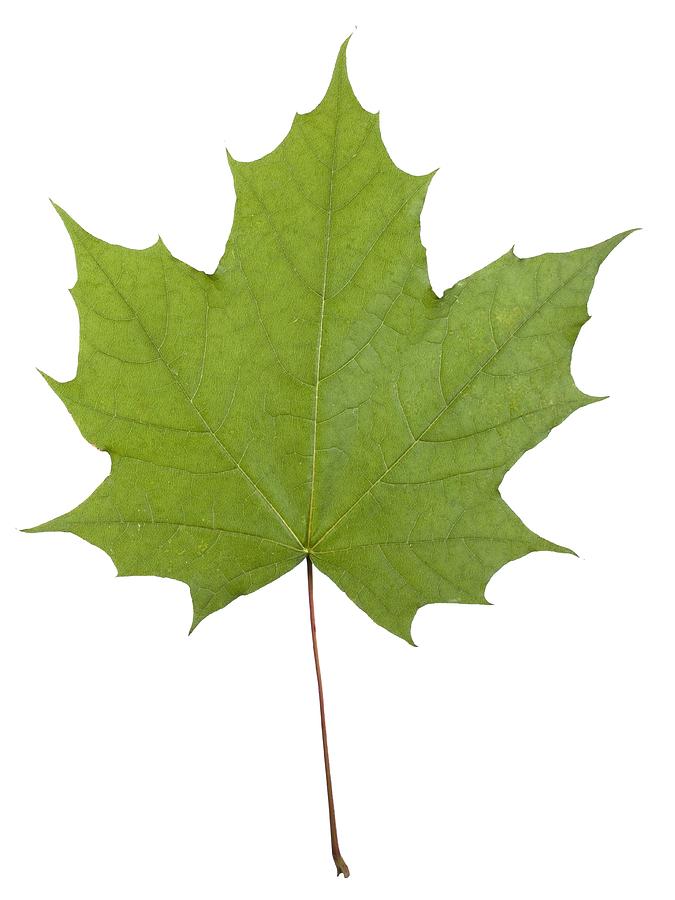
Using a spray bottle, spray on tops and bottoms of leaves until the mixture drips off. Dissolve ½ teaspoon of baking soda and one teaspoon of liquid soap in a gallon of water. Organic options won’t kill the fungus, but will prevent it from spreading. It is recommended to start by applying organic treatment options, working up to the more potent synthetic, chemical fungicides if necessary. However, if much of the foliage is affected and defoliation occurs, the plant will benefit from getting rid of the infection. Solutions: In minor cases of brown spot, there isn’t any need to treat the disease. Diseased or damaged stems should be cut right at the soil line and removed completely. Finally, you may prefer to just trim off dead or damaged portions of the plant to keep it looking its best as if it's possible. Branches that require a saw need to be pruned using the "three-cut method", which prevents the bark of the branch from tearing and creating cracks in the trunk, which can be detrimental to the recovery of the plant. Pruning Saw is required if the branch is more than three quarters of an inch in size, pruning should be done in the direction of the "Branch bark ridge" to the "Branch collar" to allow for good healing. Branches that are too angled or too small should be removed. When pruning branches you need to leave the strong ones and remove the weak ones, keeping healthy auxiliary branches that grow outwards at about 45 degrees. This will increase ventilation and light, reduce disease infection and allow Norway maple to grow more vigorously. Leaving these intact will allow the tree to have a more natural and open form. Ideally, you should steer clear from pruning any of the tree’s lower limbs. Keep an eye out for any shoots that are becoming congested or are beginning to cross and remove them. This is the period when pruning causes the least damage to the plant. Still have a question? Contact us at Ask Extension.The best time to prune Norway maple is between late winter to early spring. 168pp.Ĭompiled by Christa Carignan, reviewed by Debra Ricigliano, University of Maryland Extension, 10/2018. Plant Invaders of Mid-Atlantic Natural Areas, 4th ed. Mistaken Identity? Invasive Plants and Their Native Look-alikes. Sarver, Matthew, Amanda Treher, Lenny Wilson, Robert Naczi, Faith B. Invasive Plants: Guide to Identification and the Impacts and Control of Common North American Species. Kaufman, Sylvan Ramsey & Wallace Kaufman.
NORWAY MAPLE LEAVES MANUAL
Manual of Woody Landscape Plants: Their Identification, Ornamental Characteristics, Culture, Propagation and Uses, Sixth Edition. (PDF) Control of Invasive Non-native Plantsĭirr, Michael A. Red maple (Acer rubrum) Controlling Norway Maple Seedlings establish quickly in deciduous forests. Tolerates a wide variety of light and soil conditions. Photo: Jan Samanek, Phytosanitary Administration, Photo: Leslie Mehrhoff, University of Connecticut, Conditions that favor growth Spreads to new areas by seeds and vegetative reproduction. Seeds mature in September-October and often remain on the tree into winter. The “wings” of the samara spread widely to nearly 180 degrees. Large quantities of paired winged seeds (samaras) are produced. White sap exudes from stem Photo: Lesli Mehrhoff, University of Connecticut, Reproduction Norway maples can be distinguished from other maples by a white milky sap that exudes when a leaf petiole (stem) is detached from the tree. Mature bark is gray-brown with shallow, interlacing ridges and furrows. Greenish-yellow flowers in clusters are produced in April-May. The leaves are opposite of each other along the stem. Norway maples produce dark green, deciduous leaves with 5-7 sharply pointed lobes. The dense root system alters nutrient availability and impedes the growth of other species, resulting in lower plant diversity. The dense shade of these trees reduces light availability for forest understory plants. In some communities, it was planted heavily when American elms were lost to Dutch Elm Disease. It was used as a street tree due to its fast-growing nature and tolerance of poor soils and air pollution. Native to Eurasia, it was introduced to the United States in the 1750’s. Norway maple (Acer platanoides) is a broadleaf deciduous tree that grows up to 50+ feet in height and produces copious amounts of seeds and dense shade.


About Norway maple (Acer platanoides) Life cycle and background


 0 kommentar(er)
0 kommentar(er)
